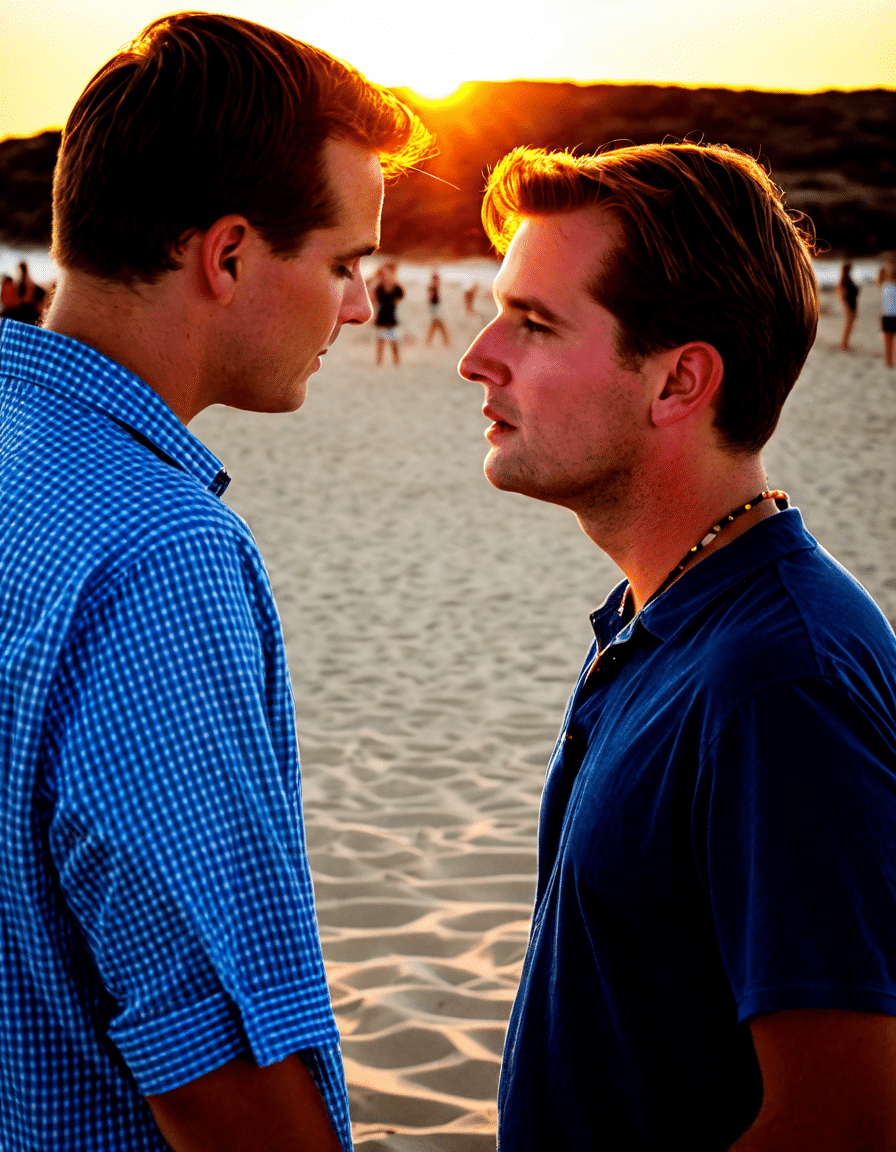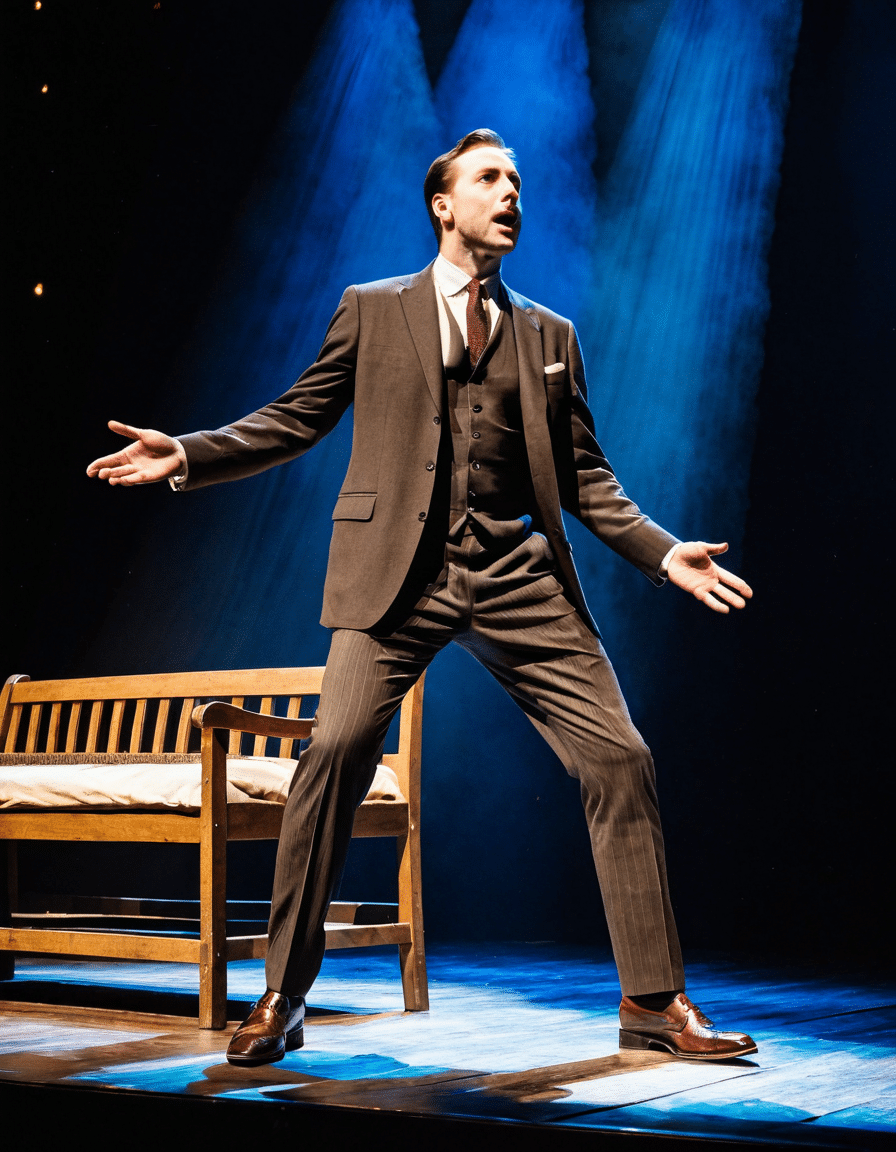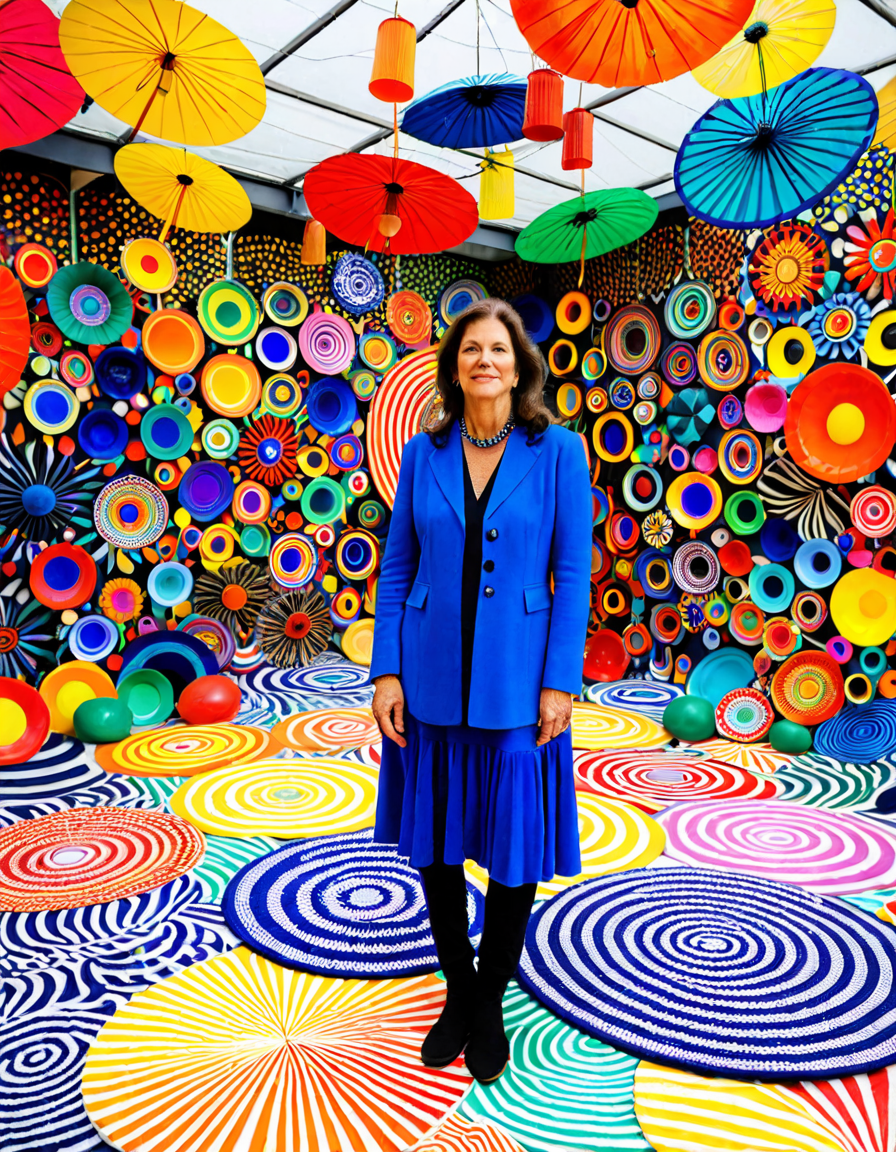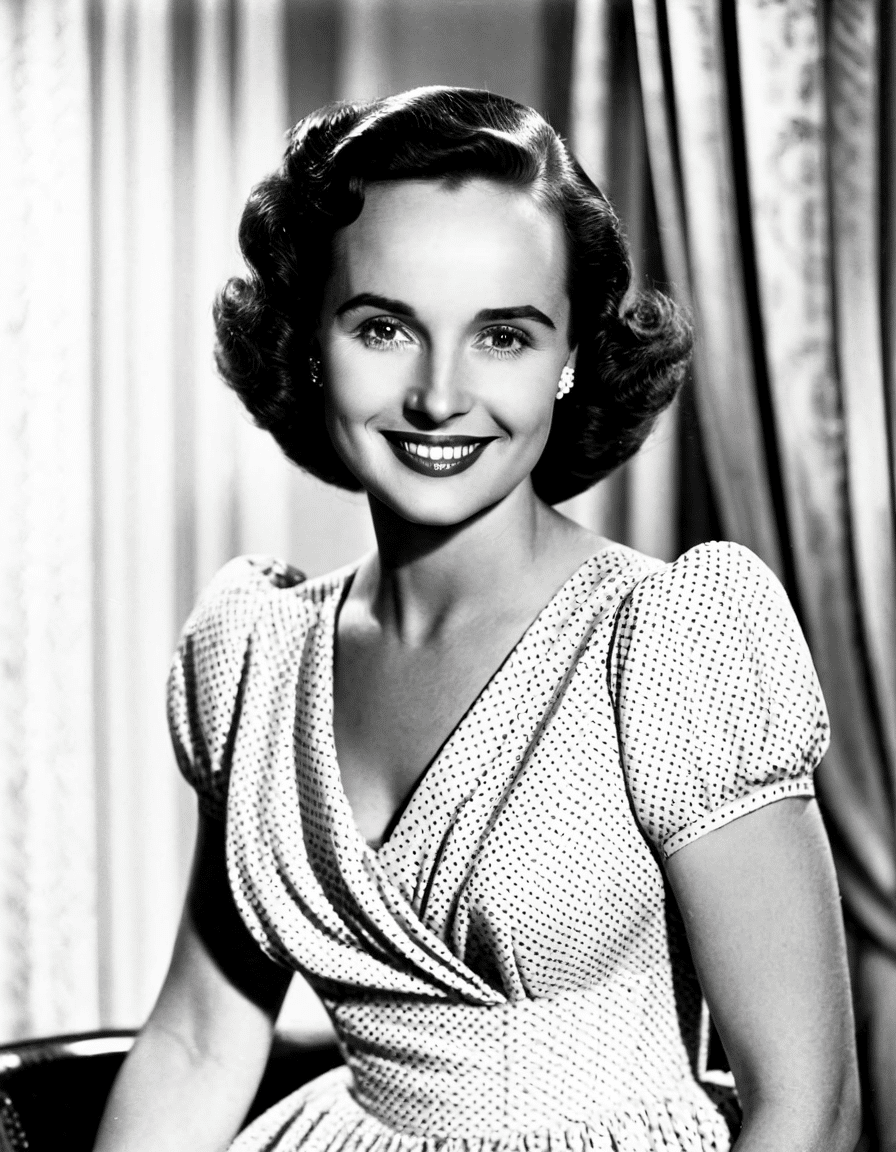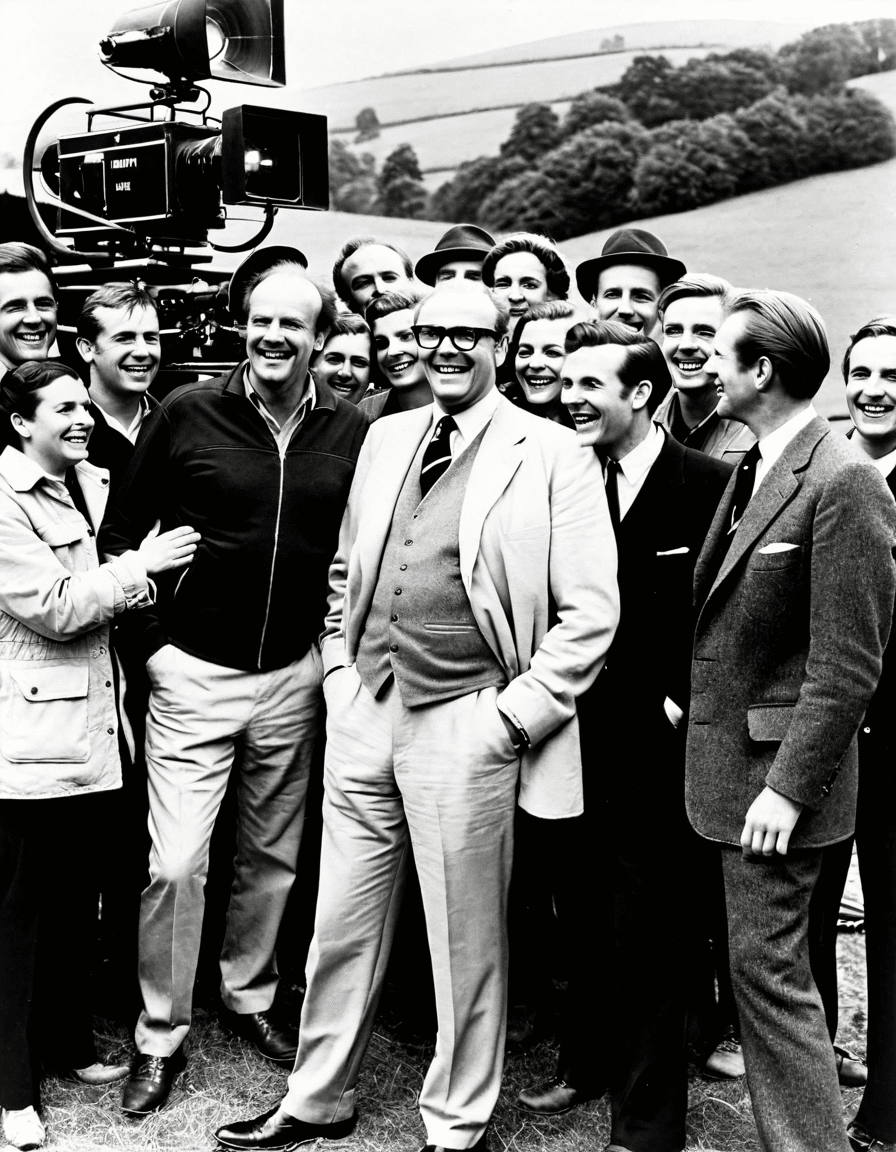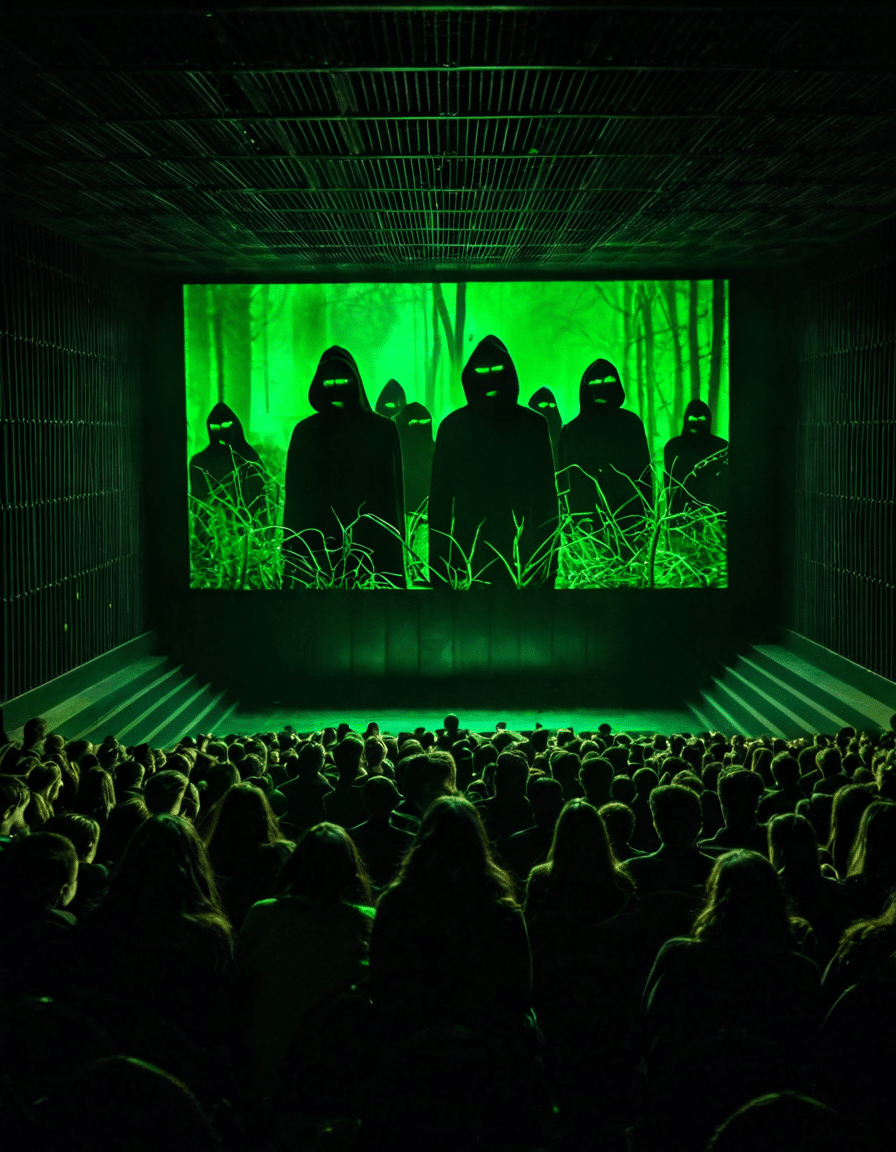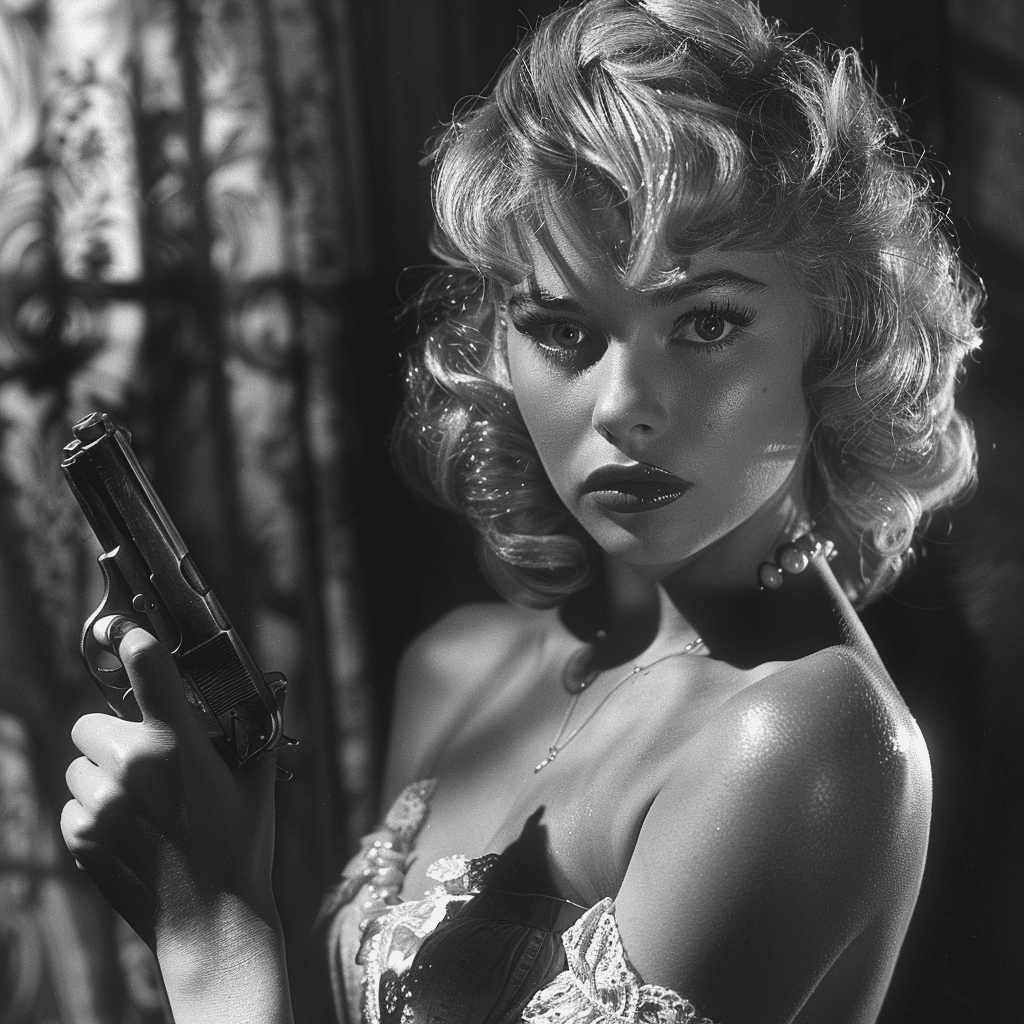Lucha libre is more than just professional wrestling; it’s a vibrant spectacle that enchants audiences with its athleticism, storytelling, and cultural significance. This “free fight” captures the imagination in its flamboyant displays of wrestling matches and larger-than-life characters. Luchadores—masked wrestlers—bring a unique flair to the ring, where the stakes blend physical prowess with dramatic narratives. This article dives into the colorful tapestry of lucha libre, spotlighting its influential figures and rich legacy that continues to evolve today.
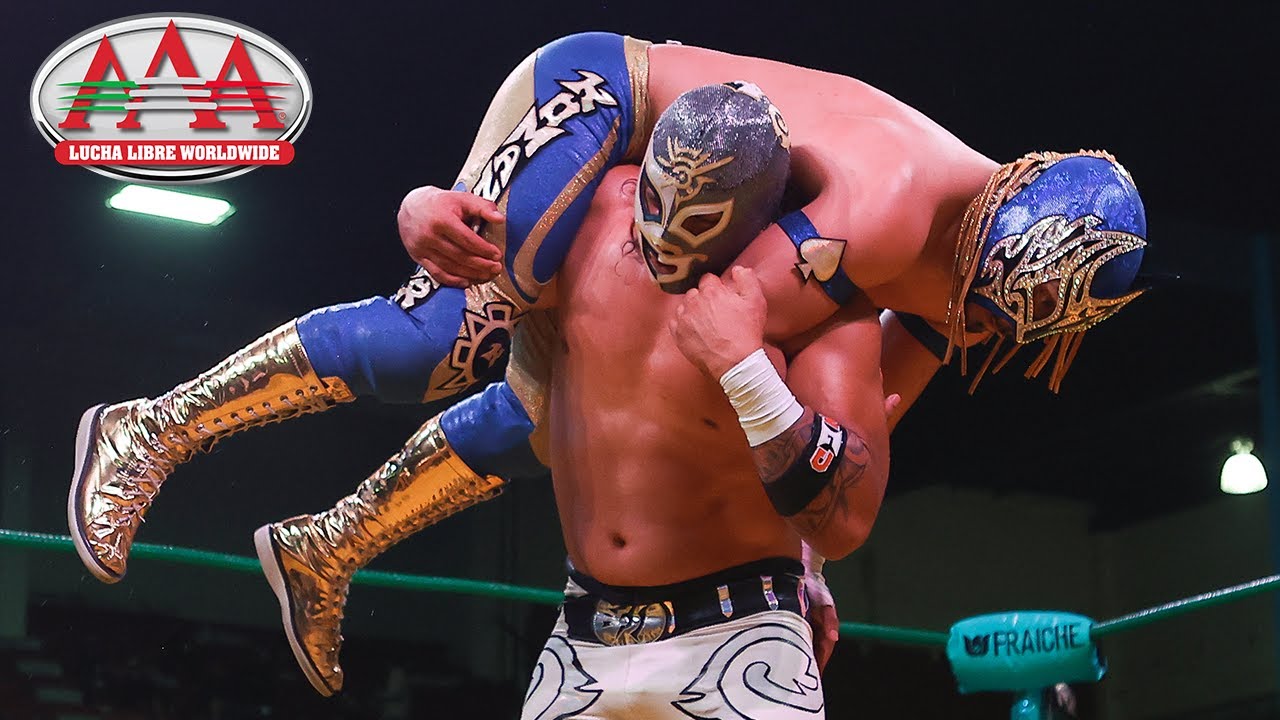
The Top 7 Luchadores Who Redefined Lucha Libre
Lucha libre has captivated audiences for decades, not just in Mexico but around the world. At its heart are the luchadores—wrestlers who embody the spirit of this unique sport, often wearing colorful masks and embodying larger-than-life personas. Here, we explore seven legendary luchadores who have redefined the world of lucha libre, showcasing their influence on the culture and the sport itself.
1. El Santo
El Santo is perhaps the most iconic figure in lucha libre history. Known as “The Saint,” his silver mask and cape turned him into a national hero in Mexico. His impact extended far beyond the wrestling ring, as he starred in numerous films that showcased him battling monsters and evil foes. These movies didn’t just entertain; they helped popularize lucha libre across international borders. Through El Santo’s adventures, audiences began to associate the sport with themes of heroism and valor, forever marking him as a symbol of Mexican popular culture.
2. Blue Demon
Blue Demon, a contemporary of El Santo, carved out a legacy of his own. Recognizable by his blue mask, he emphasized agility and high-flying moves, thrilling fans with unparalleled athleticism. Blue Demon wasn’t just a fantastic performer. He also tapped into the stylistic evolution of lucha libre, inspiring future generations of wrestlers and leaving behind an indelible mark on the sport’s dynamic fighting style. His battles with El Santo became legendary, creating an epic rivalry that laid the groundwork for many storylines to come.
3. Rey Mysterio Jr.
Stepping into the spotlight and showcasing the art of lucha libre in the American wrestling scene is Rey Mysterio Jr. With a professional career spanning over three decades, he became an ambassador for the “lucha style” in WWE. Mysterio connected with fans everywhere through his stunning aerial maneuvers and heartfelt storytelling inside the ring. He proved that lucha libre wasn’t just a niche—it could captivate audiences worldwide. For many fans, Rey is the face of lucha libre, symbolizing the bridge between Mexican traditions and mainstream wrestling cultures.
4. Pentagón Jr.
Pentagón Jr. reigns as a modern hero of lucha libre, captivating audiences with his strong persona and intense fighting style. Gaining fame in platforms like Lucha Underground and AEW, he brought a fresh perspective to the sport, intertwining contemporary narratives with classic wrestling elements. Pentagón Jr. typically portrays a character who straddles the line between villain and hero, appealing to a newer generation of fans eager for complex storytelling. His innovation reflects lucha libre’s ability to evolve while remaining true to its roots.
5. Alberto Del Río (Alberto El Patrón)
Alberto Del Río added a touch of glamour and prestige to lucha libre with his charismatic, aristocratic persona. His success wasn’t confined to Mexico. He made waves across the globe in promotions like WWE, showcasing just how luchadores could achieve international fame. Del Río embodies the connection between culture and wrestling, making him an essential figure that illustrates how lucha libre can resonate with diverse audiences.
6. La Parka
La Parka, with his skull-themed mask, emerged as a beloved figure in organizations like WCW and AAA. Known for his blend of humor and wrestling skills, he captured the hearts of family audiences. His comedic antics often lightened the mood of intense matches, demonstrating that lucha libre can embrace entertainment and skill in equal measure. La Parka’s ability to entertain while wrestling showcased the playful side of lucha libre that distances it from more traditional wrestling styles.
7. Alex Guerrero
A rising star within lucha libre, Alex Guerrero is breathing new life into the sport for younger generations. His seamless blending of traditional techniques with modern athleticism earned him accolades as he carved a path through the wrestling world. Guerrero’s emphasis on character and multi-platform storytelling is shaping the future of lucha libre. As audiences gravitate toward engaging content, he stands as a torchbearer for the genre.
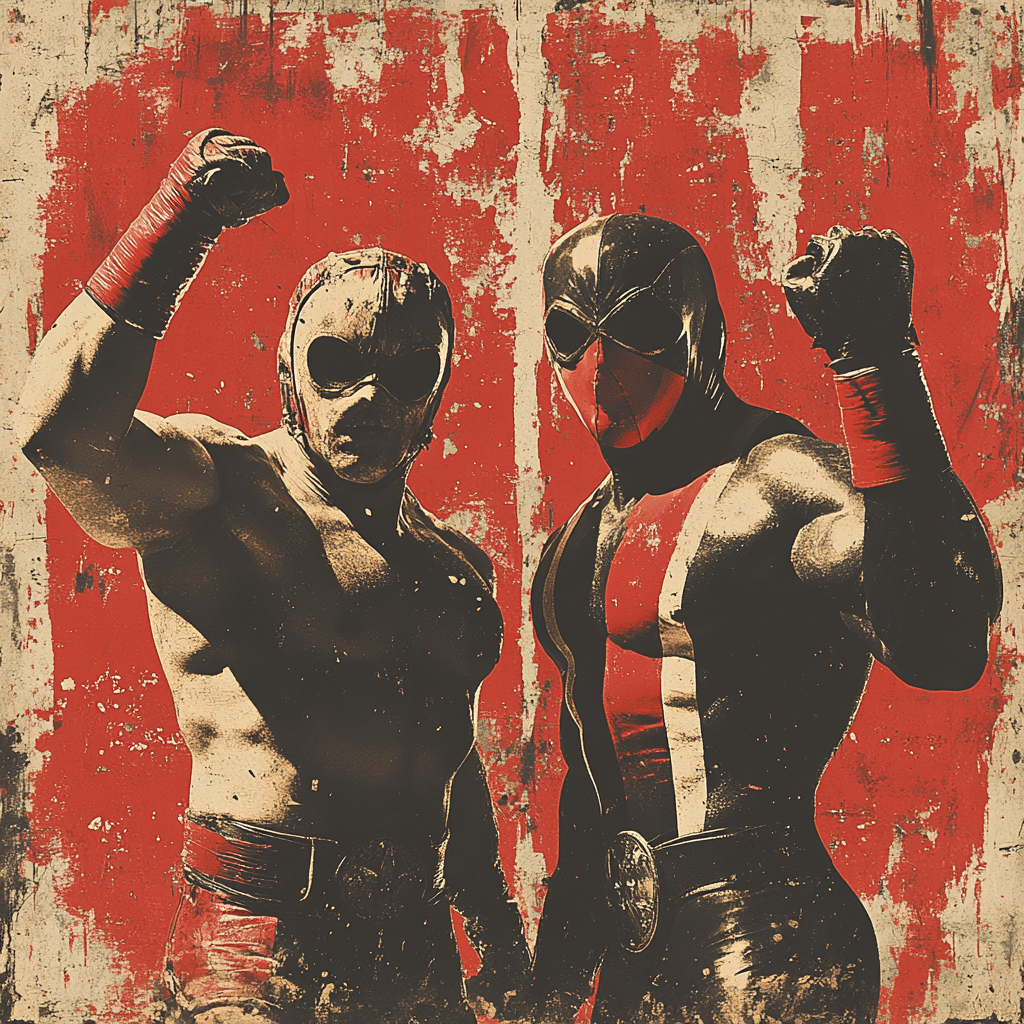
The Evolution of Lucha Libre: From Cultural Roots to Global Phenomenon
Lucha libre holds deep historical significance that reflects the very essence of Mexican identity. Emerging in the early 20th century, Mexican wrestling was born amidst social and political upheaval. As with many cultural expressions, it didn’t remain static; it adapted. Over the decades, luchadores became cultural heroes and symbols of resistance despite the many challenges faced by the nation.
Television brought lucha libre to the masses, transforming how audiences engaged with the sport. Matches became vibrant spectacles, bursting with color and drama. The rise of international recognition saw lucha libre evolve into a global brand, attracting fans from all corners of the world. This evolution birthed phenomena such as humo (the “mist” or “smoke”)—a vital theatrical element that enhances the drama and mystique surrounding lucha libre.
Today, modern lucha libre continues to embody this rich legacy, taking fans on thrilling journeys through its storytelling. Iconic promotions like AAA (Lucha Libre AAA Worldwide) and CMLL (Consejo Mundial de Lucha Libre) are at the forefront of this cultural renaissance, consistently showcasing diverse talents while preserving traditional elements. Without a doubt, lucha libre is an art form that thrives on its historical roots.
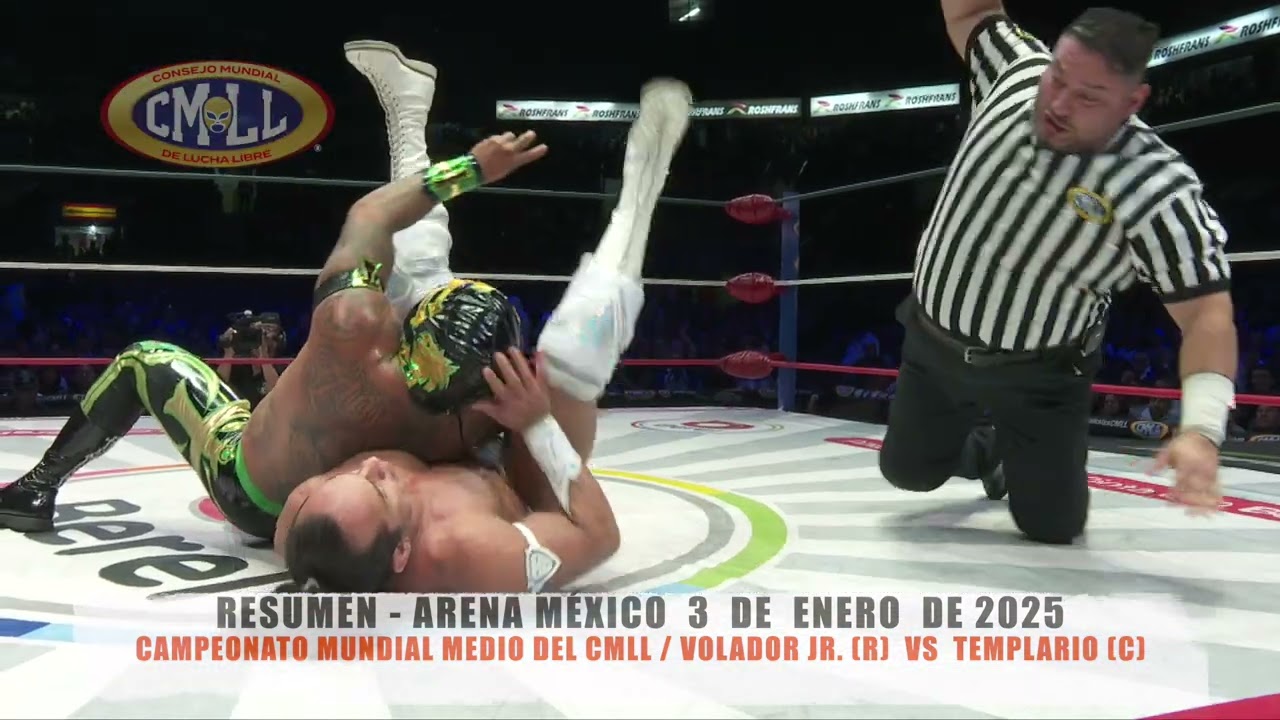
The Art of the Mask: Symbolism and Identity in Lucha Libre
The lucha libre mask stands as one of the most recognizable features of the sport. For luchadores, these masks layers symbolize their identity, history, and commitment to the wrestling tradition. Wrestlers wear them to craft a persona that embraces either heroism or villainy. It transforms simple athletes into larger-than-life characters. In lucha libre, the most revered mantles become powerful symbols both inside and outside the ring.
The iconic mask vs. hair matches heighten the stakes, showcasing the dramatic intensity inherent to luchadores. These climactic events influence the narratives that unfold, intertwining pride and vulnerability as luchadores risk their identities. From Rey Mysterio’s signature mask to El Santo’s glistening silver, these vibrant creations tell tales that resonate with audiences. Ultimately, the mask is more than a costume; it’s a badge of honor reflecting a luchador’s journey, defining who they are within the wrestling cosmos.
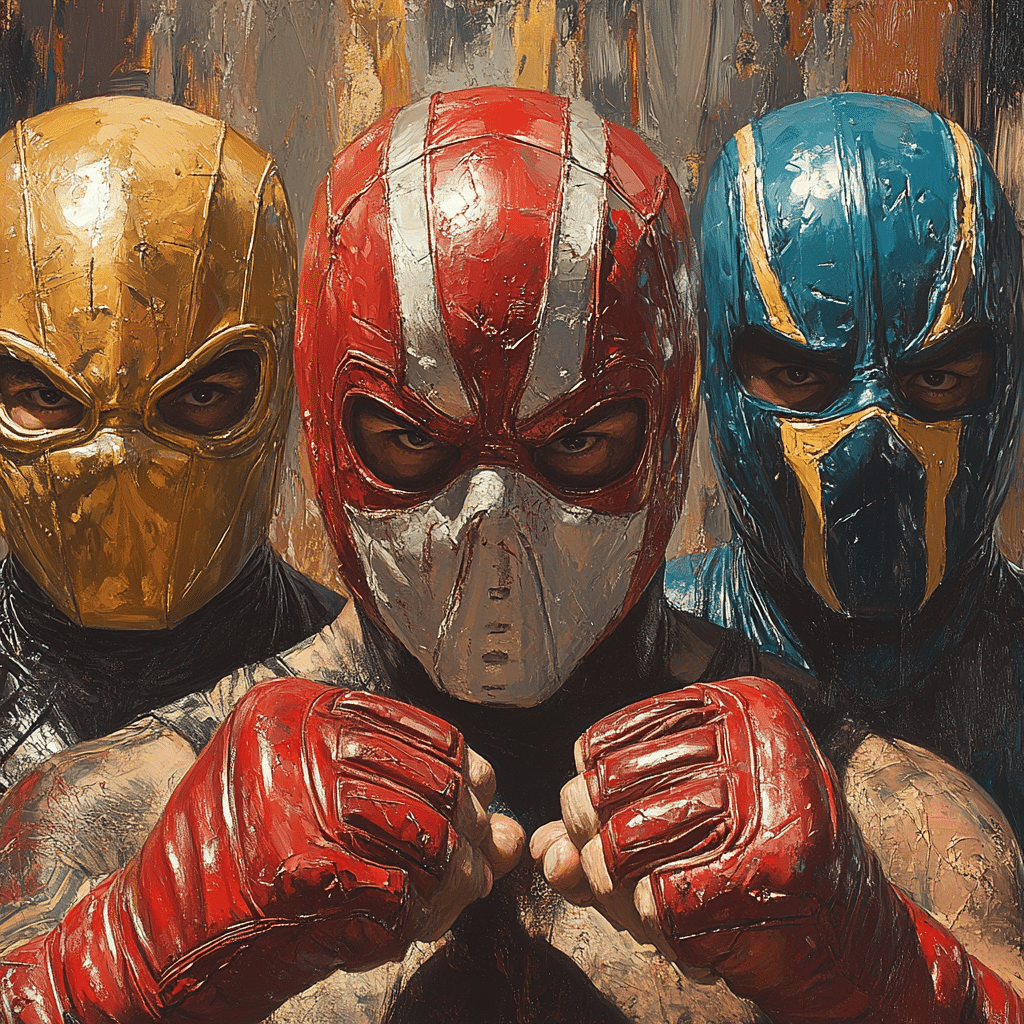
Modern Lucha Libre: Bridging Cultures and Generations
In the contemporary landscape, lucha libre has insinuated itself into a global society, melded with various wrestling styles. Through innovative platforms, promoters and luchadores harness the power of social media and streaming services, engaging with a wider audience. Promotions like AAA and CMLL have embraced these changes, allowing luchadores to reach fans worldwide. This interconnectedness creates a dynamic environment where lucha libre thrives and grows.
The influx of international events featuring lucha libre talents, such as crossover performances with American wrestling promotions, has made room for cultural exchange and appreciation. These promotions showcase the rich heritage of lucha libre, highlighting why it fascinates so many. As a result, luchadores are no longer confined to their native land. They’ve become global ambassadors for the style, captivating new fans across continents.
Daringly, lucha libre has successfully remained a cultural essential while fusing modern elements, attracting younger audiences from all walks of life. The rise of digital engagement and fan interactions demonstrates that the spirit of lucha libre is alive and well, reaching heights that would make the original luchadores proud.
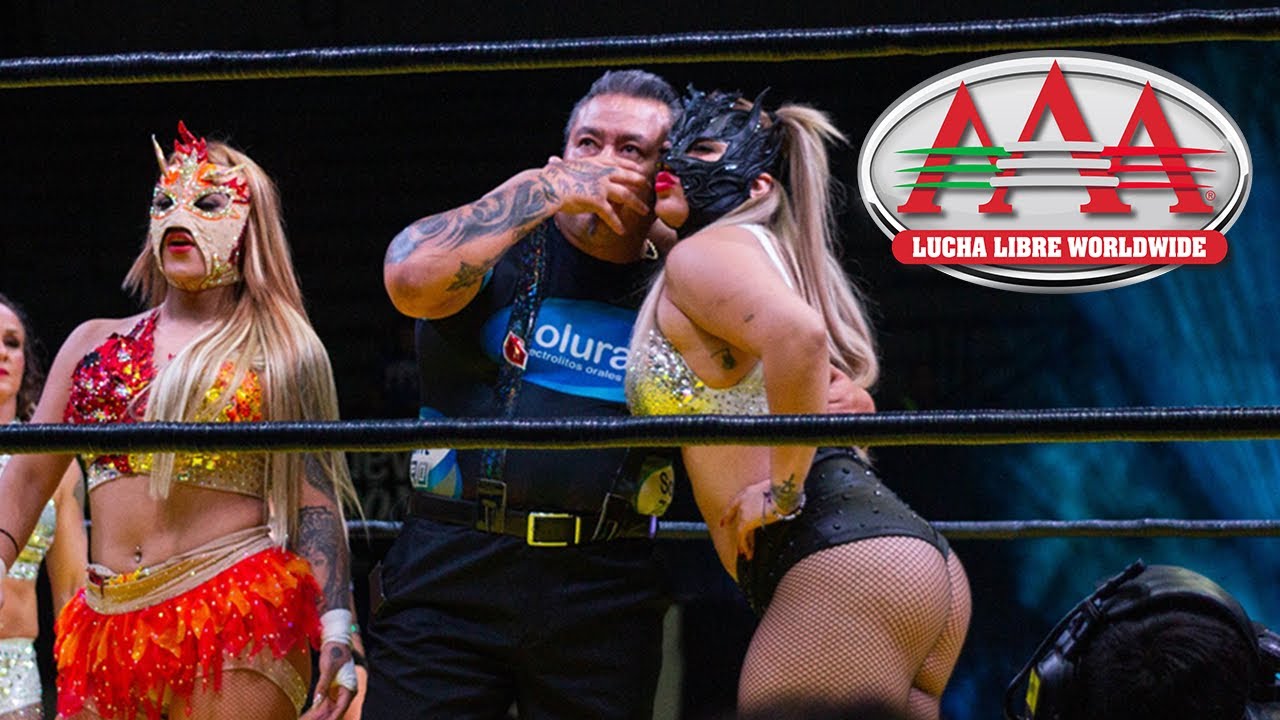
Future Prospects of Lucha Libre
The future of lucha libre looks incredibly bright. Emerging trends suggest an exciting direction for this spirited tradition. Luchadores are beginning to connect with increasingly diverse audiences through multiple media platforms, enhancing visibility and impact. The potential for crossover events continues to rise, showing that lucha libre remains relevant in the global wrestling scene.
This new generation of luchadores, represented by stars like Alex Guerrero, is primed to make an indelible mark. They bring a fresh level of creativity, blending traditional techniques with innovative storytelling methods. As lucha libre expands, it cultivates a community fueled by passion, pride, and cultural celebration.
The anticipation surrounding these rising stars keeps audiences engaged and excited. The next chapter in lucha libre promises not just thrilling matches but a deeper connection to its roots. It’s a vibrant way to honor a beloved art form.
Through the vibrant journey of lucha libre, its wrestlers, particularly icons like Alex Guerrero, continue to inspire and entertain. Their stories encapsulate the enduring spirit of this captivating sport. The role of lucha libre transcends mere entertainment; it serves as a powerful expression of culture, identity, and community, with each masked wrestler embodying a piece of this colorful heritage. As lucha libre leaps boldly into the future, audiences everywhere will undoubtedly remain enthralled by the adventures of these extraordinary luchadores.
Lucha Libre: The Thrilling World of Masked Wrestling
A Colorful History of Lucha Libre
Did you know that lucha libre isn’t just about wrestling? It’s a cultural phenomenon in Mexico! This sport dates back to the early 20th century, with its roots deeply intertwined with Mexican traditions and national identity. The colorful masks worn by luchadores often signify different characters, styles, or even mythical creatures. So, while you might catch glimpses of high-flying action reminiscent of how the Croatia national football team vs Brazil national football team stats reveal dynamic play, lucha libre takes it several levels higher with its theatrical elements, making every match a spectacle.
The Masks: More Than Just Accessories
The masks are indeed a hallmark of lucha libre, representing honor and mystery. When a luchador loses their mask, they aren’t just losing a piece of fabric; they’re unveiling their identity, often leading to a dramatic storyline. For instance, many masks are inspired by folklore or even pop culture icons, echoing the way many admire talents like Samantha Ruth Prabhu in the entertainment industry. Each mask tells a story, and the luchadores’ personas are often as captivating as their athletic feats, maintaining an intricate balance between reality and performance that you might also find in the discussions on sister wives reddit; both reveal hidden layers of the dramatic.
Famous Luchadores and Their Impact
Throughout lucha libre history, there have been standout figures whose fame transcends the ring. Legends like El Santo and Blue Demon have inspired countless fans, making stars of newcomers in a vibrant display of talent. Their stories resonate much like Tory Lanez height in the music world—sometimes, it’s about the image as much as the performance. Beyond the matches, lucha libre has influenced art, fashion, and cinema, keeping it alive and exciting. Just as Margo Martindale shines in her roles, these wrestlers captivate audiences with both their charismas in and out of the ring.
In the ever-syncing world of lucha libre, it’s essential to recognize that this thrilling sport is more than just athleticism; it’s a celebration of culture, heritage, and storytelling. From its colorful history to its iconic masks and legendary figures, lucha libre offers a unique tapestry of passion that continues to inspire new generations. Just as the Evangelion units have left a lasting mark on anime, lucha libre’s spirit will always be a vital part of Mexico’s cultural fabric. It’s this rich combination that makes every dive, flip, and showdown unforgettable!
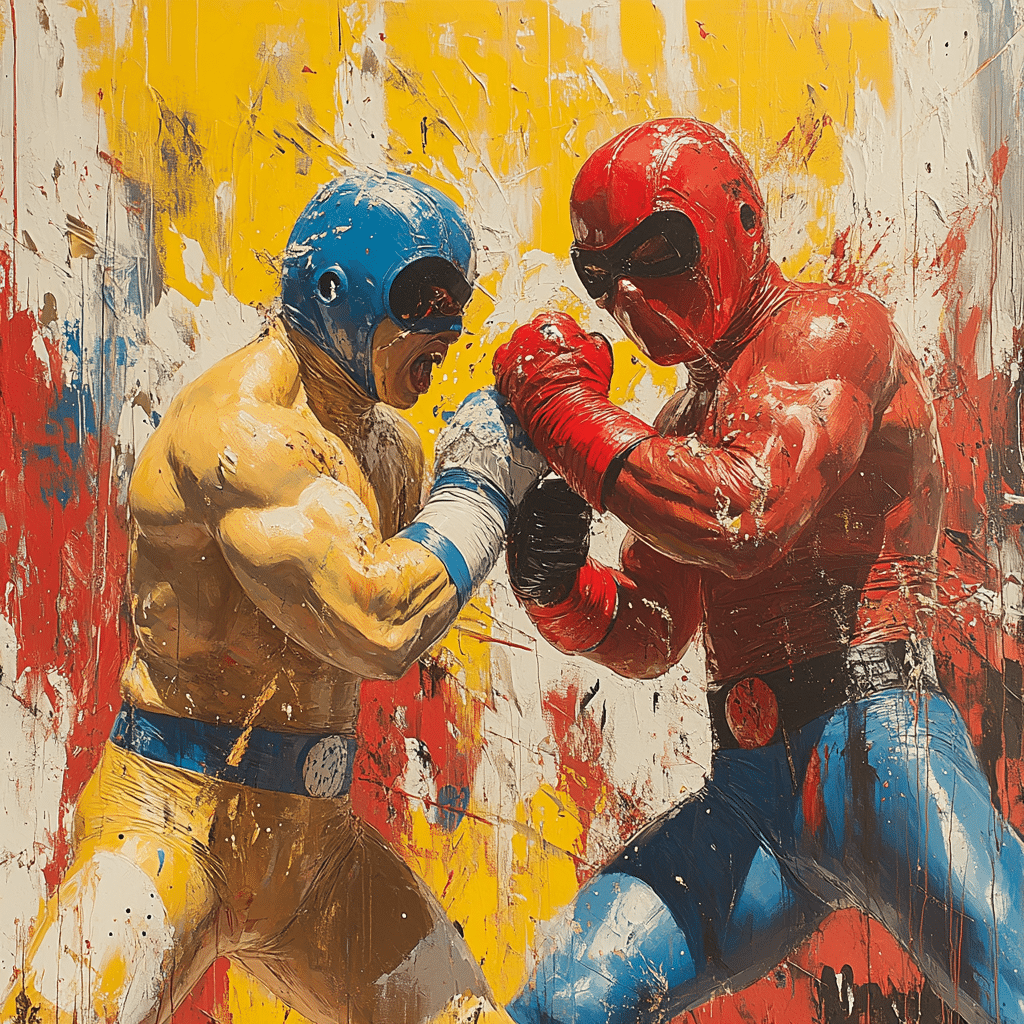
What does la lucha libre mean?
Lucha libre means “free fight” in Spanish, referring to a style of professional wrestling that originated in Mexico, where wrestlers often perform in colorful masks and vibrant costumes.
Is lucha libre real or fake?
While some aspects of lucha libre are scripted, like many wrestling styles, it includes real athleticism and choreography. Matches have predetermined outcomes to advance stories, similar to television dramas.
What is lucha libre known for?
Lucha libre is known for its high-flying moves, flashy costumes, and theatrical storylines. The energetic performances are a blend of sport and entertainment, drawing large crowds to matches.
Why do lucha libres wear masks?
Luchadores wear masks to create an aura of mystery and to develop their wrestling personas. These masks can represent heroic or villainous identities and often hold deep cultural significance.
What happens if a luchador is unmasked?
If a luchador is unmasked, it can be a significant event in their career, often seen as losing their identity and honor. Losing a mask match is a major plot point in lucha libre culture.
What does lucha mean in Spanish slang?
In Spanish slang, “lucha” simply means “fight” or “struggle,” often used in various contexts beyond wrestling.
Are there female lucha libre?
Yes, there are definitely female luchadoras who compete in lucha libre, showcasing their skills and adding to the vibrancy of the sport.
Who is the greatest luchador of all time?
El Santo is often regarded as the greatest luchador of all time, becoming an iconic figure in both wrestling and Mexican pop culture.
Was Eddie Guerrero a lucha libre?
Eddie Guerrero had roots in lucha libre, blending its high-flying style with his own flair while performing in the U.S., making him a notable figure across both American and Mexican wrestling.
Are there any rules in lucha libre?
There are indeed rules in lucha libre, such as respecting the referees, no strikes to the face in some matches, and emphasizing the importance of the mask.
Who is the most famous Mexican wrestler?
The most famous Mexican wrestler is likely El Santo, who not only excelled in the ring but also became a cultural icon through films and merchandise.
Why did Rey Mysterio unmasked himself?
Rey Mysterio unmasked himself during a match in 2010, wanting to embrace a new chapter in his career and signify a different direction.
Which luchador never took off his mask?
The luchador who never took off his mask is likely “El Santo,” who maintained his masked identity throughout his entire career, becoming legendary for it.
Does lucha libre still exist?
Yes, lucha libre is still very much alive today, with promotions active in both Mexico and around the world, continually captivating audiences.
How much do Mexican wrestlers make?
Mexican wrestlers can make a range of salaries, but it often depends on their fame and the promotion they work for. Established stars can earn a good living, while newcomers may make less.
What does Lucha mean?
“Lucha” means “fight” or “struggle” in Spanish, commonly used in different forms of combat sports and contexts.
What does the lucha libre symbolize?
Lucha libre symbolizes a blend of sport and theater, representing freedom, culture, and the celebration of identity through colorful personas and dramatic storytelling.
What does en la lucha mean?
“En la lucha” translates to “in the fight,” often signifying participation in a struggle or contest, whether literal or metaphorical.
Does lucha libre mean martial arts?
No, lucha libre doesn’t mean martial arts; it specifically refers to the Mexican style of wrestling characterized by its unique styles and performance elements.


